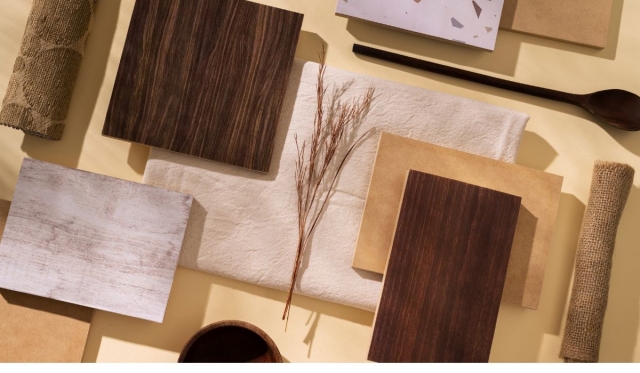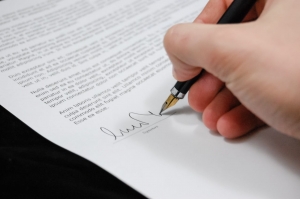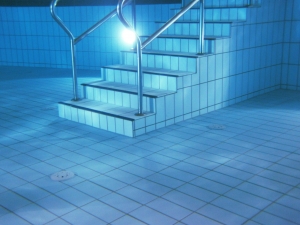When it comes to choosing the right material for your home or office interiors, two popular options often come to mind i.e., PVC and plywood. Whether you're considering furniture, doors, or cabinets, understanding their differences can help you make an informed decision. Let's break it down and see which material best suits your needs.
What is PVC?
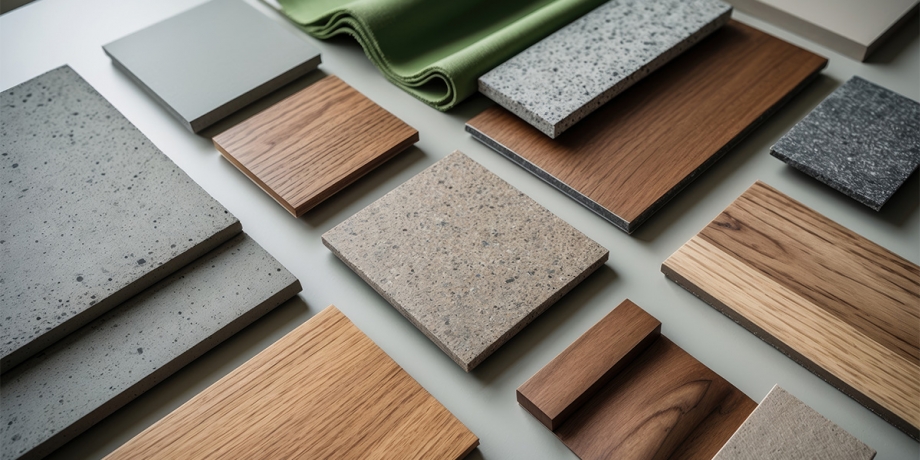
PVC (Polyvinyl Chloride) is a synthetic plastic polymer. It is commonly used in construction and interiors because of its durability, water resistance, and low maintenance. The modern home uses PVC, especially in the form of PVC doors, PVC bathroom doors, and PVC ply board. One of the biggest advantages of PVC is that it is termite-proof and does not absorb moisture, which makes it suitable for damp-prone areas like bathrooms and kitchens. Another good thing about PVC is that it comes in a variety of designs and finishes. Whether you want a sleek, glossy look or a matte finish, PVC products offer a wide range of choices to suit your interior theme.
What is Plywood?
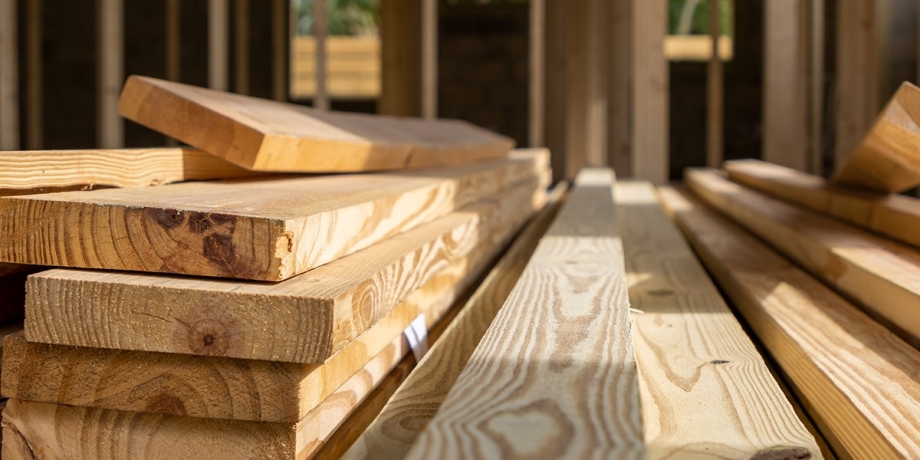
Plywood is an engineered wood product made by layering thin sheets of wood veneer together with adhesive. It is known for its strength, versatility, and natural appearance. Plywood is widely used in furniture making, flooring, and wall paneling.
One of the reasons plywood is widely chosen is its structural strength. Unlike solid wood, which may warp or crack over time, plywood maintains its shape and durability, making it an excellent choice for furniture and heavy-duty applications.
Major Differences Between PVC and Plywood
|
PVC |
Plywood |
|
|
Material Composition |
Synthetic plastic polymer |
Engineered wood product |
|
Durability |
Waterproof, termite-proof, fire-retardant |
Stronger, better load-bearing capacity |
|
Maintenance |
Minimal maintenance required |
Needs polishing or lamination |
|
Appearance |
Sleek, modern, available in various finishes |
Natural, warm, classic wood look |
|
Eco-friendliness |
Plastic-based, less eco-friendly |
More sustainable, especially when sourced responsibly |
|
Lifespan |
Shorter lifespan, may become brittle over time |
Long-lasting with proper maintenance |
Where is Plywood Used?
Plywood is a popular choice for various applications, including:
- Furniture: Used in making beds, tables, and cabinets due to its strength.
- Flooring: Ideal for creating durable flooring options.
- Wall Paneling: Adds an aesthetic appeal to walls.
- Doors: Often used for main doors and wardrobe doors.
- Structural Use: Structural-grade plywood is used in construction for added support.
- Commercial Spaces: Offices, retail stores, and hotels use plywood for long-lasting interiors and furniture pieces.
Where is PVC Used?
PVC sheets are generally used in areas that are majorly exposed to moisture and humidity. Some common applications include:
- PVC Doors: Lightweight and water-resistant, making them ideal for homes and offices.
- PVC Bathroom Doors: Perfect for wet areas as they do not swell or warp due to moisture.
- Kitchen Cabinets: Easy to clean and resistant to stains.
- Wall Cladding: Provides a modern touch to interiors with minimal maintenance.
- Wardrobes & Shelves: Ideal for sleek and contemporary designs.
- Outdoor Use: Certain PVC variants are used for outdoor furniture and partitions due to their weather-resistant properties.
- Industrial Settings: Factories and laboratories use PVC for its chemical resistance and durability.
Greenply: Your Best Destination for Plywood and PVC
Whether you like the natural strength of plywood or the modern durability of PVC, Greenply can be your best bet. As it offers premium-quality options for both materials.
When it comes to PVC, Greenply's Green Ndure range provides stylish and contemporary PVC/WPC boards that are lead-free, ensuring safety for your home. These boards are fire-retardant, waterproof, and termite-proof, making them a durable choice for interiors. You can choose from a variety of colors and textures to suit your design needs.
It also specializes in leading quality plywood produced from sustainable processes and is categorized under various sections like structural grade, waterproof grade, moisture resistance grade, fire retardant grades. Their recently introduced Zero Emission range contributes to better quality of indoor air and strength compared to other high strength plywood, but the best durability and finishes can be promised for long durations by Greenply products.
Conclusion
Both PVC and plywood have their own advantages, and the right choice depends on your specific needs. If you're looking for strength and a natural aesthetic, plywood is the way to go. However, if you need a low-maintenance, water-resistant, and modern solution, PVC is a great option. No matter what you choose, investing in high-quality materials ensures longevity and enhances the beauty of your space. The key is to understand the requirements of your project and choose the material that best meets your expectations. So, whether your choice is PVC or a quality ply board, make sure it's worth your money and also looks justifiable to what your vision for the space that you wanted to uplift initially was.
